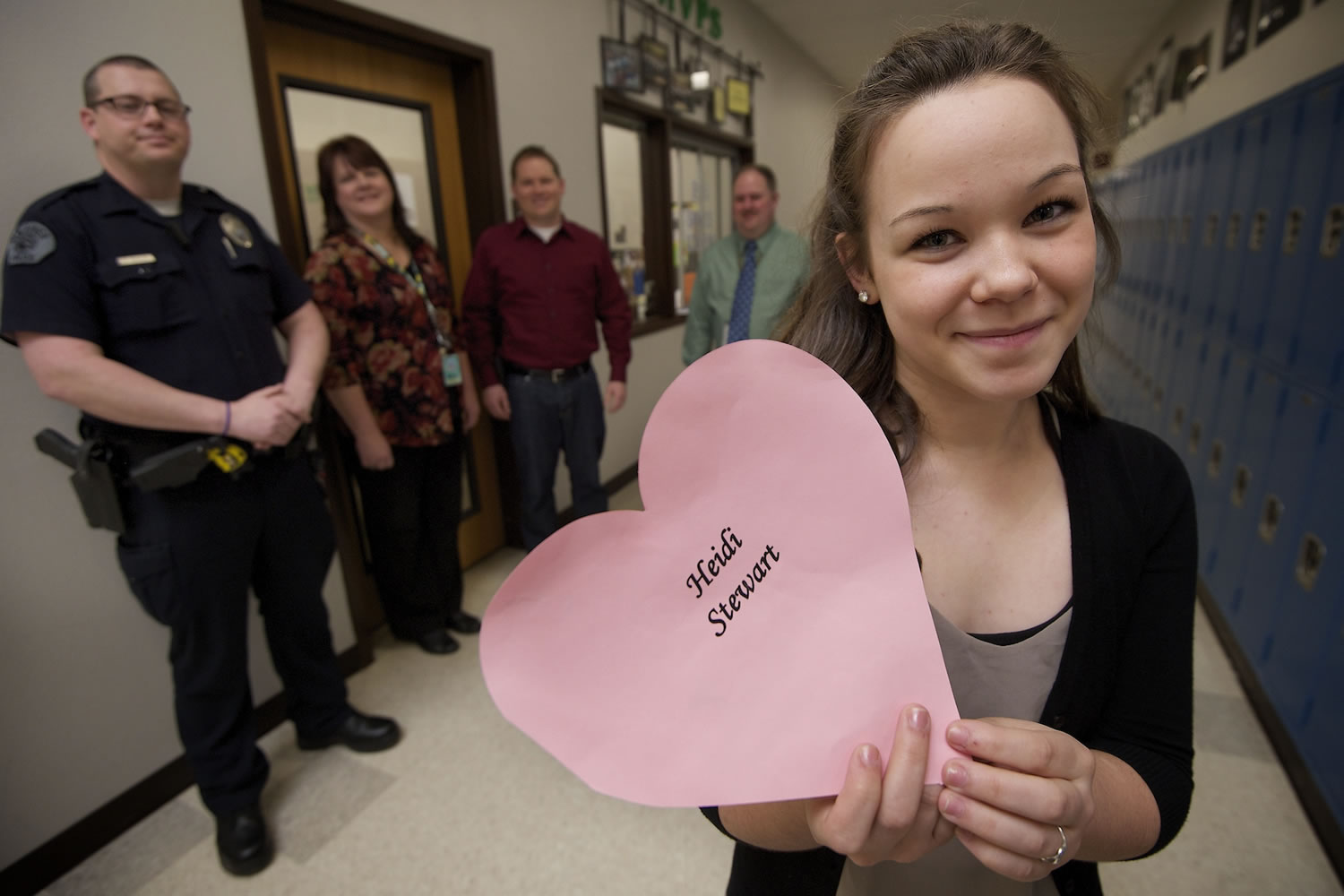Fort Vancouver High School is hosting a heart screening for young adults that consists of a survey asking about possible signs or symptoms and family history of heart conditions, a physical exam, blood pressure measurement and an electrocardiogram. In some cases, a limited echocardiogram is conducted.
Students also will learn the importance of bystanders performing CPR and using AEDs in an emergency.n When: 9 a.m. to 3 p.m. Wednesday, May 22.n Where: 5700 E. 18th St.
Online Resources
Spencer’s Heart Strong Foundation
Clark County looks to train 30,000 people in CPR over the next two years through large group trainings.
Currently, the county’s survival rate for cardiac arrest that occurs outside of a hospital is 17 percent, said Dr. Lynn Wittwer, medical program director for Clark County EMS. It’s above the U.S. average of 9.5 percent, but Wittwer looks to bring up the number of survivors.




